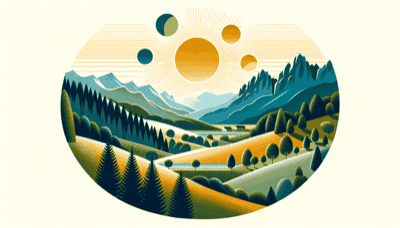We're here to help you keep count of the days to or since a date. Just click the button below and enter your chosen date to get started. Also choose the suggested days or search for a special day above #countingthedays

The June Solstice, also known as the Summer Solstice in the Northern Hemisphere, marks the longest day of the year. In Israel, it typically occurs on June 20th or 21st. This astronomical event happens when the Earth's axial tilt is most inclined towards the sun, resulting in the maximum number of daylight hours.
Historically, solstices have been celebrated by various cultures around the world. In Israel's region, ancient civilizations such as the Canaanites and later inhabitants may have observed these celestial events given their significance to agricultural cycles and solar worship.
While there are no major traditional Jewish holidays associated with the solstice itself, Judaism follows a lunar-solar calendar where festivals often coincide with seasons and agricultural milestones. The closest festival in terms of time is Shavuot, which occurs around late May or early June; however, it does not directly relate to the solstice.
Today in Israel, there are no widespread public traditions or holidays specifically for celebrating the June Solstice. The day passes much like any other for most Israelis who go about their usual activities. However, some individuals interested in global solstice celebrations may observe it privately or participate in events that recognize environmental awareness and connection to nature.
Activities:
In summary, while there are no specific traditions tied to June Solstice within mainstream Israeli culture today, it remains a notable astronomical event indicative of summer's arrival.